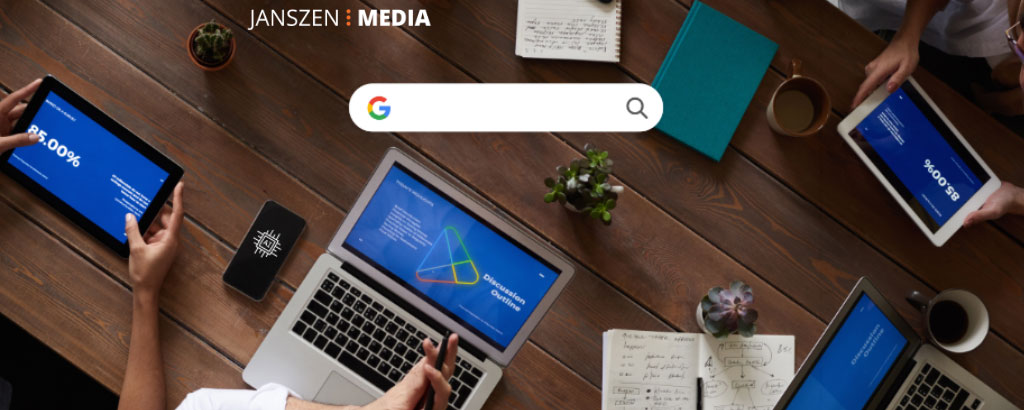


The Future of Google Ads: Trends and Innovations to Stay Ahead
June 13, 2023


Boost Your Brand Awareness with Creative Strategies
August 1, 2023The rise of mobile devices has transformed the way we work, shop, entertain, and communicate with the world. As our digital habits evolve, businesses are recognizing the need to adapt their websites to cater specifically to mobile users. In this blog post, we’ll explore the significance of adjusting web design for mobile devices, why it’s crucial, and how it can benefit businesses.
Understanding the Need for Mobile-Friendly Design:
- Web design considers mobile device requirements.
- Starting with mobile devices ensures optimal user experience.
- Mobile-friendly design improves accessibility and audience reach.
When it comes to web design, it’s important to recognize that mobile devices have distinct characteristics and limitations. By prioritizing mobile-friendly design, businesses can ensure that their websites are tailored to provide the best possible user experience on these smaller screens. By starting the design process with mobile devices in mind, businesses can optimize their websites for mobile users and deliver an engaging experience. This approach not only enhances accessibility but also enables businesses to reach a broader audience who primarily access the internet through their mobile devices.
The Importance of Mobile-Friendly Design:
- Mobile-friendly design is essential due to the dominance of mobile devices.
- Google’s focus on mobile usability affects search engine rankings.
- Mobile-friendly websites enhance user satisfaction and conversions.
With mobile devices accounting for a significant majority of internet usage globally, designing websites that are mobile-friendly is no longer optional; it’s a necessity. Furthermore, search engines like Google place a high importance on mobile usability when determining search engine rankings. Therefore, businesses that prioritize mobile-friendly design can significantly impact their visibility and reach in search engine results. Additionally, mobile-friendly websites not only improve user satisfaction but also increase the likelihood of conversions and successful interactions with visitors.
Benefits of Adjusting Web Design for Mobile Devices:
- Improved user experience through responsive design.
- Enhanced accessibility and usability for mobile users.
- Expanded reach and engagement with the mobile audience.
Adjusting web design for mobile devices offers numerous advantages for businesses. Firstly, it allows for the implementation of responsive design principles, ensuring that websites adapt seamlessly to different screen sizes and devices. This responsiveness leads to a more enjoyable and efficient user experience, as the website layout and content are optimized for mobile viewing. Secondly, designing with mobile devices in mind enhances accessibility, enabling users to access and navigate websites conveniently, even while on the move. Lastly, businesses that prioritize mobile-friendly design can tap into the growing mobile audience, expanding their reach and fostering greater engagement with potential customers.
Tips for Crafting Mobile-Friendly Web Design:
- Simplify navigation for smaller screens.
- Optimize fonts, colors, and images for mobile readability.
- Use responsive design techniques for compatibility.
- Test and refine designs across mobile devices.
Crafting a mobile-friendly web design requires attention to specific considerations. Prioritizing simplicity and intuitive navigation ensures that users can easily find what they’re looking for on smaller screens. Additionally, optimizing fonts, colors, and images enhances readability and visual appeal on mobile devices. Implementing responsive design techniques, such as using flexible layouts and scalable elements, guarantees a seamless and consistent user experience across different screen sizes. Lastly, thorough testing and refinement on various mobile devices and platforms help ensure that the design performs optimally across the mobile landscape.
In conclusion, adapting web design for mobile devices is of utmost importance in today’s digital landscape. With the increasing reliance on mobile devices for internet access, businesses must tailor their websites to provide a user-friendly experience for mobile users. By doing so, they can improve user satisfaction, expand their reach, and stay ahead in an ever-growing mobile





